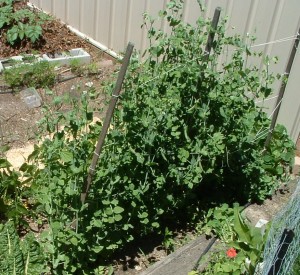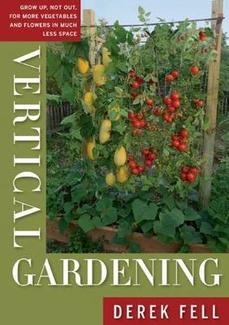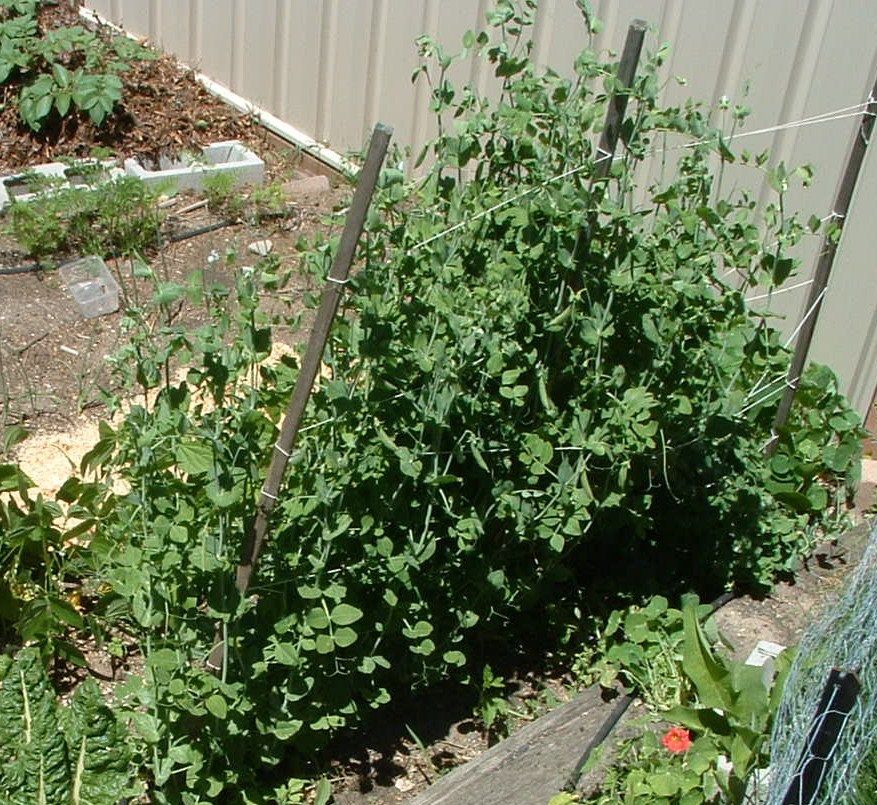Peas come in such a wonderful variety which makes growing them a rewarding and fun thing to do. They grow in a wide range of conditions and like many vegetables, need good rich improved soil and full sun. They are grown in the cooler months and also throughout spring which gives a good cropping period.
Preparation
Preparing your soil bed is critical for most vegetables and peas are no exception. They like a free draining, organic matter rich soil which has a little bit of lime mixed through to reduce the acidity. One thing that is a little different about peas is that they are nitrogen producing, so don’t need overly much in the way of fertilisers.
Location

Peas need at least six-seven hours of sun, so make sure they are planted to achieve this or they will not grow well. Many varieties like to climb, so you will need to create some sort of trellis structure. You do need to sow quite a few vines to get sufficient to eat, but they grow easily and are fun to watch.
Why not yet the kids involved and be creative with the trellis as you can use bamboo or different materials from the nursery including nets? A good tip is to erect the structure before planting so as not to disturb the young plants.
Planting
Plant peas in late autumn/early winter in most areas. They like a cold start and seeds can be sown directly in position. Peas will germinate with temperatures as low as five degrees Celcius, but only very slowly at less than ten degrees. In cooler areas you can grow peas later, producing a summer crop.
It is a good idea to sow progressively, so if you do lose a couple of plants you won’t lose the whole crop due to a sudden weather change. Flowers will only start to form when it warms up a little in any case, but late frosts will prevent pods from setting. Plant seeds about 5-10mm below the surface, and read your packet for the distance between plants/rows as these vary with the variety. Make sure the soil is damp and don’t water again until they have germinated, which can be anywhere from 1-2 weeks or longer. Keep them weed free but be gentle as you weed and help them to climb the trellis as this keeps the plants away from the soil. You may need to keep some netting over young plants to keep birds away, as they like to eat the tender new shoots.
Short of space? Well, the good news is that you can grow peas in pots. You won’t get a huge crop, unless you have lots of pots but there is no need to miss out if you don’t have a big back yard. Choose a variety that does not grow too tall.
Companion Plants for Peas
Peas do well with beans, broccoli, celery, corn cabbage, cauliflower, brussel sprouts, eggplant and potatoes as companion plants. Really, they are very sociable vegetables, but keep them away from garlic, onions and shallots for best results.
Growing Problems
Peas can suffer from fungus and also mites when growing. Your normal organic treatments of these, such as water sprays, removal of badly infested leaves or a rosemary spray based on an essential oil diluted with water will help. Dishwashing liquid diluted as a spray will also deter some mites. Improving the drainage will help avoid fungus but otherwise try sprinkling a bit of corn meal on the ground, or a brew of baking soda diluted with water. This effectively changes the pH of the plant slightly with the idea of making it inhospitable to the fungus. Otherwise they are quite trouble free.
Harvesting

Harvest them as soon as they are big enough to eat (about eight-ten weeks), and keep going as the more you pick, the more they will grow. Peas are best harvested as soon as the pod is well filled, but before it has a chance to start crinkling, when the sugars will have begun to convert to starch.
Don’t waste any leftover leaves or pods, as they can be dug back into the soil after the crop is finished, ready for the next year.
Varieties and Nutrition
Although peas in the pod are traditionally what we think of with peas, there are also mange tout – snow peas or snap peas – as well as bush styles if you are not keen on setting up a trellis. All are good to grow, and will grow to different heights, so keep that in mind when choosing. As well as progressive sowing, you can alternate varieties to keep the interest level up in the food you are growing. You could space out your sewing times about two weeks apart.
Peas are one of the most nutritious legumes and contain vitamins C, K and A, folic acid and phytosterols which are believed to be cholesterol lowering agents and are a good source of minerals including zinc and manganese.
Fresh from your garden ensures good quality nutritious green and healthy vegetables, so, will you be growing some peas at the end of this winter?




